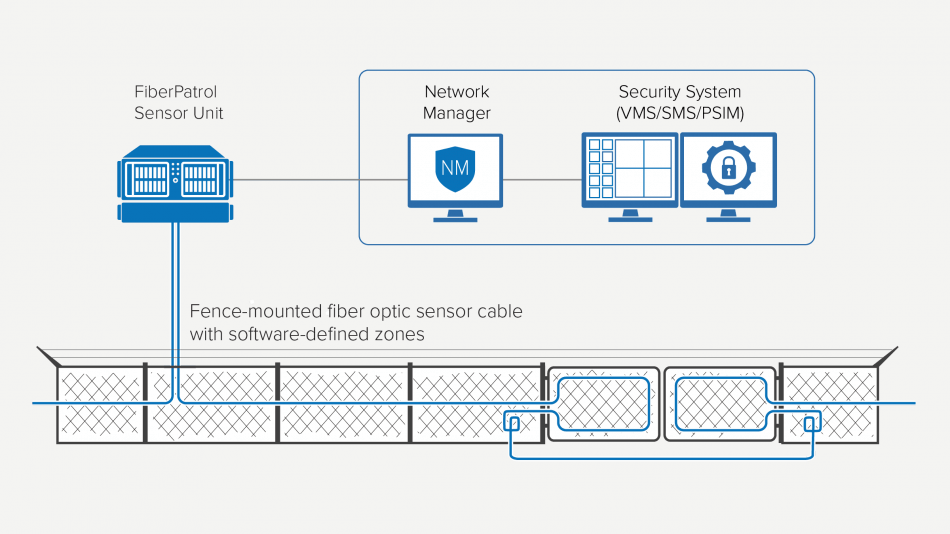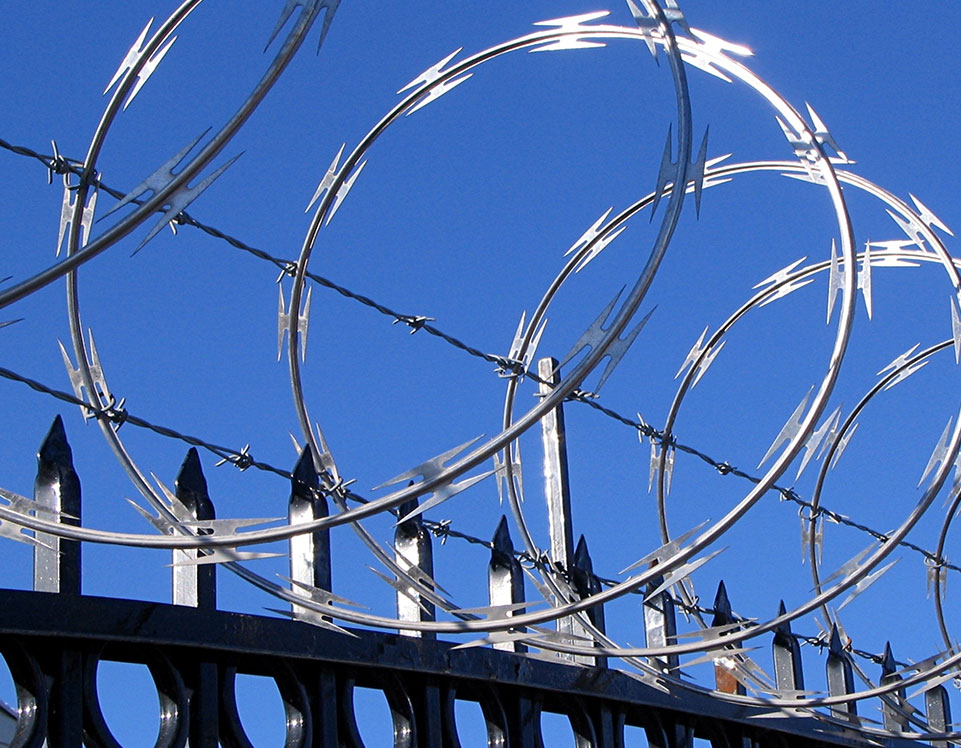Why Fiber Optic Protection Solutions Are the Future of Security
The change to fiber optic safety and security systems marks a significant development in the realm of protection, driven by their outstanding information transmission capacities and durability to external interferences. As the landscape of protection develops along with arising modern technologies such as AI and IoT, the possibility for fiber optics to improve and redefine safety and security facilities comes to be progressively apparent.
Advantages of Fiber Optic Equipments
Among the primary advantages of fiber optic systems is their exceptional data transfer capacity, which helps with the transmission of big volumes of data over cross countries without significant loss. This characteristic is especially valuable for security applications that need the constant monitoring and transfer of high-definition video feeds, sensing unit information, and various other essential information. Optical fiber can fit the expanding needs of contemporary safety systems, guaranteeing that data stays intact and reputable.
In addition, fiber optic cable televisions are much less at risk to electromagnetic interference, which can be a substantial concern in environments with numerous digital tools. This resistance improves the stability of the information being transferred, thus reducing the risk of information breaches or system failings. Fiber optic systems are naturally a lot more safe and secure than conventional copper wires, as touching right into a fiber optic line without discovery is exceptionally difficult.
The toughness of fiber optic cords additionally contributes to their appeal. They are resistant to ecological elements such as wetness and temperature changes, decreasing maintenance prices and boosting system long life. Overall, these benefits position fiber optic systems as a durable and reliable choice for contemporary safety frameworks, guaranteeing reliable and safe information transmission.
Boosted Data Transmission Rate

The capability to transmit large amounts of data rapidly assists in the seamless integration of high-def video feeds and progressed analytics. Security systems can currently refine and examine information in real-time, boosting response times and situational understanding. Furthermore, fiber optic connections support longer transmission ranges without destruction of signal high quality, making them suitable for expansive protection networks.
The increased speed of fiber optic systems not only boosts the effectiveness of security operations but additionally reduces latency. This is particularly essential in critical scenarios where timely decision-making can prevent safety breaches or mitigate possible hazards. As organizations continue to prioritize security and efficiency, the need for fast and trusted try here data transmission will most certainly strengthen fiber optic systems as a keystone of modern-day protection framework.
Resistance to Disturbance
Fiber optic security systems continually show outstanding resistance to electromagnetic interference, a crucial advantage in environments prone to electronic noise. Unlike typical copper wires, which can be negatively influenced by magnetic fields, superhigh frequency disturbance, and various other kinds of electrical disturbance, fiber optic cable televisions make use of light to transfer data. This fundamental home makes sure that the signals continue to be clear and unaltered, despite surrounding electronic task.
The usage of glass or plastic fibers in fiber optic innovation produces an obstacle versus disturbance, permitting trustworthy data transmission also in challenging situations such as commercial centers, city locations with high digital website traffic, or areas near radio towers. This particular substantially lowers the chance of signal destruction or loss, making fiber optic systems particularly suitable for safety and security applications where honesty and accuracy of information are extremely important.
Additionally, this resistance to interference enhances the general efficiency and dependability of security systems, guaranteeing that surveillance and sharp systems operate effortlessly. In a world where security is increasingly threatened by advanced technologies, the durability of fiber optic systems stands apart as a crucial attribute, enhancing fiber optics infrastructure for security installations their standing as a crucial component of modern-day safety and security framework.
Cost-Effectiveness Gradually
Substantial price financial savings can be attained over time with the implementation of fiber optic safety and security systems. While the first financial investment may appear greater contrasted to traditional copper-based systems, the long-term economic advantages emerge via minimized operational and maintenance expenses (fiber security). Fiber optic cords are naturally extra resilient and much less vulnerable to environmental aspects, which converts to lower substitute and repair work expenditures over their life-span
Additionally, fiber optic systems need less power to run, which better lowers power costs. Improved data transmission capacities allow for less repeaters and amplifiers, decreasing devices investment and streamlining setup processes. The scalability of these systems additionally adds to cost-effectiveness, as organizations can expand their protection facilities without sustaining significant additional expenses.
One more variable to consider is the boosted effectiveness in tracking and response capabilities that optical fiber offer. Improved real-time data transmission can cause quicker incident reaction times, possibly mitigating losses and liabilities connected with safety breaches. In amount, the long-lasting advantages of fiber optic security systems not just validate the preliminary expense however likewise place them as a financially prudent choice for organizations looking for robust protection services.

Future Technologies in Protection
Progressing modern technologies are readied to transform safety and security systems, incorporating expert system (AI) and artificial intelligence to boost threat detection and action abilities. These advancements will permit safety and security systems to examine substantial amounts of information in real-time, identifying patterns and anomalies that indicate possible threats. This proactive approach will enable much faster decision-making and more effective event feedbacks.
In addition, the incorporation of the Web of Things (IoT) is leading the way for interconnected safety gadgets, offering detailed security and tracking. Smart sensing units can relay details regarding ecological modifications, while automated alerts can notify safety employees promptly of dubious tasks.
In addition, the development of biometric innovations will additionally boost safety devices. Face recognition, blog fingerprint scanning, and retina identification are becoming more innovative, offering layers of verification that are hard to bypass.
Final Thought
In verdict, fiber optic safety systems stand for a significant innovation in protection technology, using unrivaled information transmission speed, resistance to electromagnetic interference, and lasting cost-effectiveness. As the demand for sophisticated safety options remains to expand, the combination of fiber optics with emerging innovations such as AI, IoT, and biometrics will certainly additionally improve safety frameworks (fiber security). The combination of these innovations will certainly make certain a much more safe and receptive atmosphere, strengthening optical fiber as a keystone of future protection systems